Covid Impacts on Protecting and Enhancing the Environment
/WATS and other Metropolitan Planning Organizations use the Long Range Transportation Plan as a guiding document. The Plan uses goals and a series of performance targets to outline a context and strategy for funding transportation projects using federal funds in Washtenaw County. One of the functions of an MPO is to monitor regional air quality and in alignment with this responsibility WATS has an environmentally focused Plan goal to protect and enhance the environment by reducing emissions and promoting active transportation.
To help understand our progress toward this goal, WATS monitors the following measures:
Per Capita Non-Commercial Vehicle Miles Traveled (VMT)
Per Capita Transit Ridership
Alternative Transportation Mode Share
Air Quality Attainment
To make progress toward this goal, WATS and local agencies:
Assemble competitive suites of candidate projects for Congestion Mitigation and Air Quality (CMAQ) funds to improve traffic congestion (eg: roundabouts, signal optimization)
Fund enhancements that support the public transit network
Continue to implement a complete non-motorized network
Work with SEMCOG and MDOT on federal performance measures, including system reliability
With 27% of US greenhouse gas emissions coming from transportation, Wastenaw’s 2015 VMT baseline was 10,210/per capita and the 2020 target is 10,400 VMT/per capita. This goal represents a slowing of the natural increase in VMT. Our progress toward protecting and enhancing the environment has been affected significantly, at least temporarily, by the COVID19, CoronaVirus. Average Daily Traffic has declined roughly 21% according to data collected by MDOT. Washtenaw County is in the MDOT University Region and the reductions in traffic can be seen in the chart and table below.
The measures in place to protect against the pandemic likely will not have such a dramatic permanent effect on VMT. However, if a portion of the face-to-face workarounds such as videoconferencing and staggered workplace attendance continue, the reduction in VMT certainly will aid in the reduction of greenhouse gas emissions.
Other WATS metrics to continue protecting and enhancing the environment include:
Increasing per capita transit ridership
(2015 Baseline, 39.6 Trips per capita - 2020 Target, 40 Trips per capita)
Increasing per capita non-motorized mode share
(2015 Baseline, 20.7% of mode split - 2020 Target, 22% of mode split)
Remaining in maintenance for air quality attainment standards






